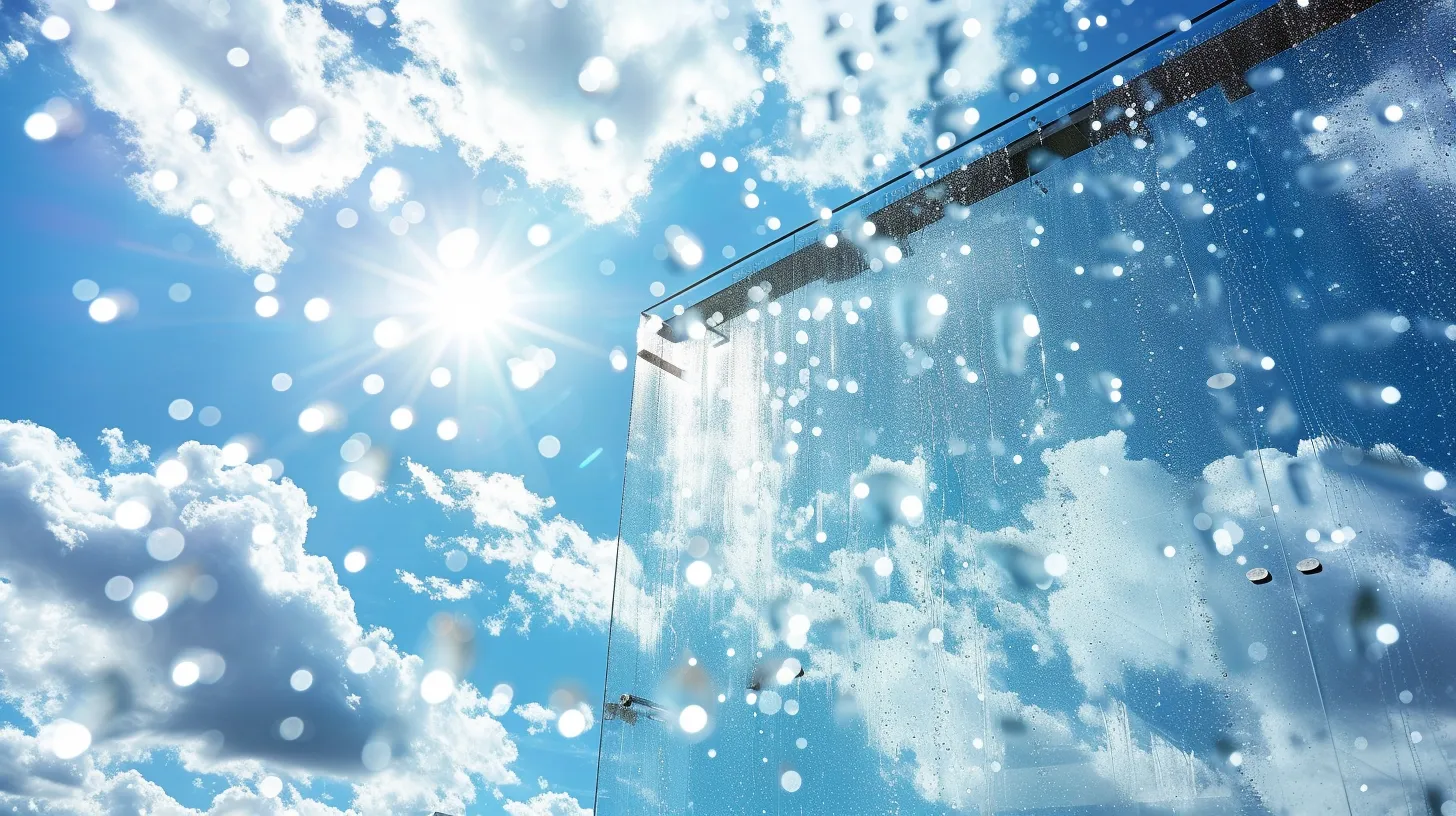In an era where outdoor living spaces are increasingly becoming extensions of our indoor environments, the question of whether a special TV is necessary for outdoor use merits attention.
Outdoor TVs distinguish themselves through their robust construction designed to withstand the elements, from extreme temperatures to rain and even dust. These devices offer enhanced brightness and contrast features specifically tailored for outdoor visibility, along with weatherproofing measures that regular TVs simply lack.
However, beyond the technical specifications, there lies a broader discussion about the value and practicality of integrating such technology into our outdoor spaces. This invites us to explore not just the capabilities of these specialized devices, but also the implications of bringing digital entertainment outdoors.
Understanding Outdoor TVs
Outdoor TVs, engineered for enduring the vagaries of weather, offer a unique fusion of robust features and advanced technology tailored for optimal outdoor entertainment. These specialized TVs are not just any regular television placed outside; they are designed with weatherproof characteristics such as durable screens, reinforced power cables, and sealed media bays to withstand the elements.
When considering the best outdoor TV for your space, it's crucial to take into account factors like brightness levels and picture quality. High brightness levels are essential for viewing in full sun to prevent the screen from appearing washed out, while TVs with lower brightness are more suited for areas with partial sun.
Another critical aspect is the placement considerations based on sunlight exposure. This ensures the selection of a model that offers the best viewing experience without glare or reflections. Picture quality, enhanced through technologies like 4K HDR, plays a crucial role in providing a crisp and immersive viewing experience, even outdoors. Moreover, IP ratings indicate the level of protection against dust and water, ensuring the TV's durability against weather challenges.
Understanding these key factors helps in choosing the right outdoor TV that combines high-quality entertainment with resilience.
Weather Resistance Explained

To ensure durability and longevity, TVs designed for outdoor use incorporate weather-resistant features, including IP ratings that guard against water, dust, and other environmental elements. These specialized outdoor TVs are equipped with sealed media bays and durable screens, specifically engineered to withstand the rigors of outdoor conditions. The inclusion of an IP rating signifies the TV's ability to resist the intrusion of objects like dust and water, providing a clear indicator of its resilience against various weather challenges.
Beyond just resisting water and dust, these weatherproof features ensure the TV can manage heat effectively and operate within a designated temperature range suitable for outdoor environments. This is crucial as outdoor TVs must perform reliably through the heat of summer and the cold of winter. Manufacturers also classify these TVs based on sunlight exposure levels, ensuring that whether placed in full sun or shaded areas, the TV will deliver optimal performance.
The comprehensive weatherproofing measures implemented in these TVs are vital. They not only protect the internal components from the elements but also ensure that your investment remains functional and vibrant, providing entertainment outdoors for years to come. By prioritizing weather resistance, outdoor TVs offer both durability and longevity, making them a suitable addition to any outdoor space.
Comparing Picture Quality

When evaluating the picture quality of TVs designed for outdoor use, it is essential to consider several advanced features, including 4K HDR technology, which significantly enhances the vibrancy of colors and sharpness of details. This technology is pivotal for outdoor TVs, as it ensures that the displayed content is vivid and crisp, even when viewed under the bright conditions of full sun or the more variable lighting of partial sun environments.
Furthermore, modern outdoor TV models are equipped with anti-glare screens. These screens play a crucial role in combating sunlight reflections, thereby maintaining optimal visibility and ensuring that the picture quality is not compromised by outdoor lighting conditions. This feature is especially important for TVs located in areas that receive direct sunlight.
In terms of brightness levels, outdoor TVs designed for full sun exposure boast higher brightness capabilities, typically ranging from 1,000 to 2,000 nits. This higher brightness is essential for ensuring that the TV remains visible and that the picture quality is clear, even under the harsh glare of direct sunlight.
However, when assessing outdoor TVs, it's also necessary to be mindful of potential issues such as oversharpening and compression artifacts, which can detract from the overall picture quality. Oversharpening can lead to unnatural-looking images, while compression artifacts may reduce the clarity of the picture. Therefore, a balanced approach to picture quality, which addresses these concerns while maximizing the benefits of 4K HDR technology and anti-glare capabilities, is crucial for selecting the ideal outdoor TV.
Shopping for Outdoor TVs

Having explored the crucial aspects of picture quality in outdoor TVs, it's equally important to focus on the practical considerations involved in purchasing one of these durable devices. Outdoor TVs offer a unique enhancement to any outdoor space, providing entertainment under the stars or sun. However, to ensure a seamless integration into your outdoor lifestyle, several key factors need to be considered:
-
Weatherproof Features : Look for outdoor TVs with robust weatherproofing capabilities, including durable screens and reinforced power cables, to withstand various elements.
-
Sun Exposure : Choose between full sun models or a partial sun model based on the brightness of your outdoor installation location. Full sun models often come with additional coatings to protect against prolonged sunlight exposure.
-
Connectivity Options : Ensure the TV supports your streaming preferences with adequate HDMI inputs, Wi-Fi support, and the ability to connect external devices for a comprehensive outdoor entertainment experience.
-
Wi-Fi Coverage : Verify that your outdoor space has sufficient Wi-Fi coverage to support streaming on your outdoor TV, ensuring uninterrupted viewing pleasure.
Making the Investment Decision

Deciding to invest in an outdoor TV requires careful consideration of its durability features and the unique demands of your outdoor setting. Outdoor TVs, unlike their indoor counterparts, are built to endure the rigors of outdoor environments, including rain, snow, heat, and even insects. These special TVs come equipped with weatherproof features such as sealed media bays and reinforced power cables, ensuring their durability and longevity outside.
When making the investment decision, it's essential to assess the weatherized aspects of the TV. Look for operating temperature ranges and IP ratings that match your local climate conditions, as these are critical indicators of a TV's ability to withstand various weather scenarios. Additionally, consider the placement of the TV in your outdoor space. Sunlight exposure levels can significantly affect visibility and the overall viewing experience. A TV with high brightness and anti-glare properties might be necessary for areas receiving direct sunlight.










